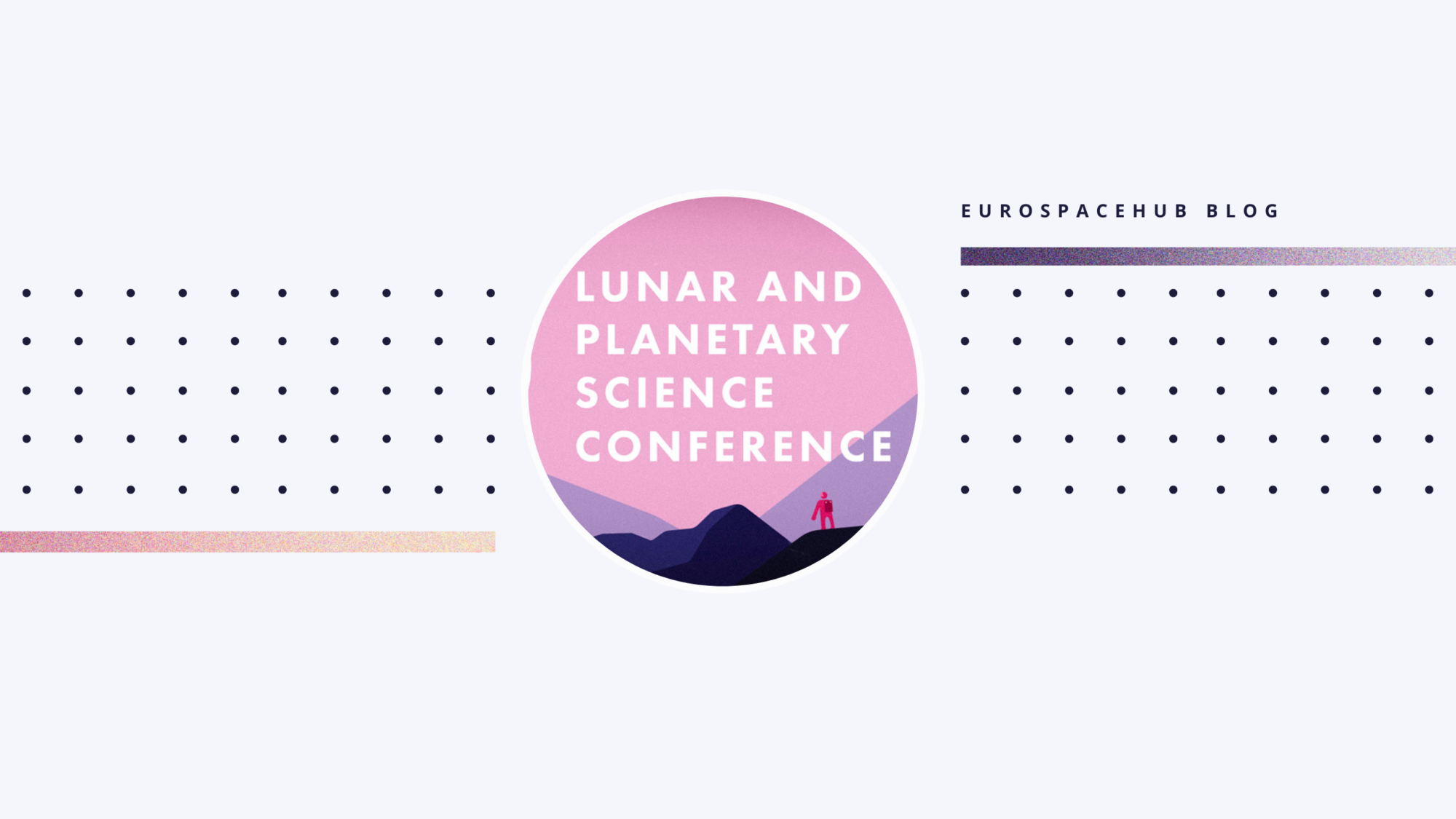13th-17th March, The Woodlands: five amazing days of Planetary Science, Space Technology Programs and networking.
A very important event for the space science community is taking place these days in The Woodlands, near Houston, Texas (US). It is the Lunar Planetary Science Conference (LPSC), an annual gathering of top scientists, researchers, managers, early career scientists and students in the field. The conference has a long-standing tradition, having first been established in 1970. At the time it was called the “Apollo 11 Lunar Science Conference”. Over the years it has evolved into an annual event, with international scope, gathering a large number of presenters. Speaker contributions are reviewed by a dedicated committee, that selects the two thousand abstracts submitted by international scientists and researchers.
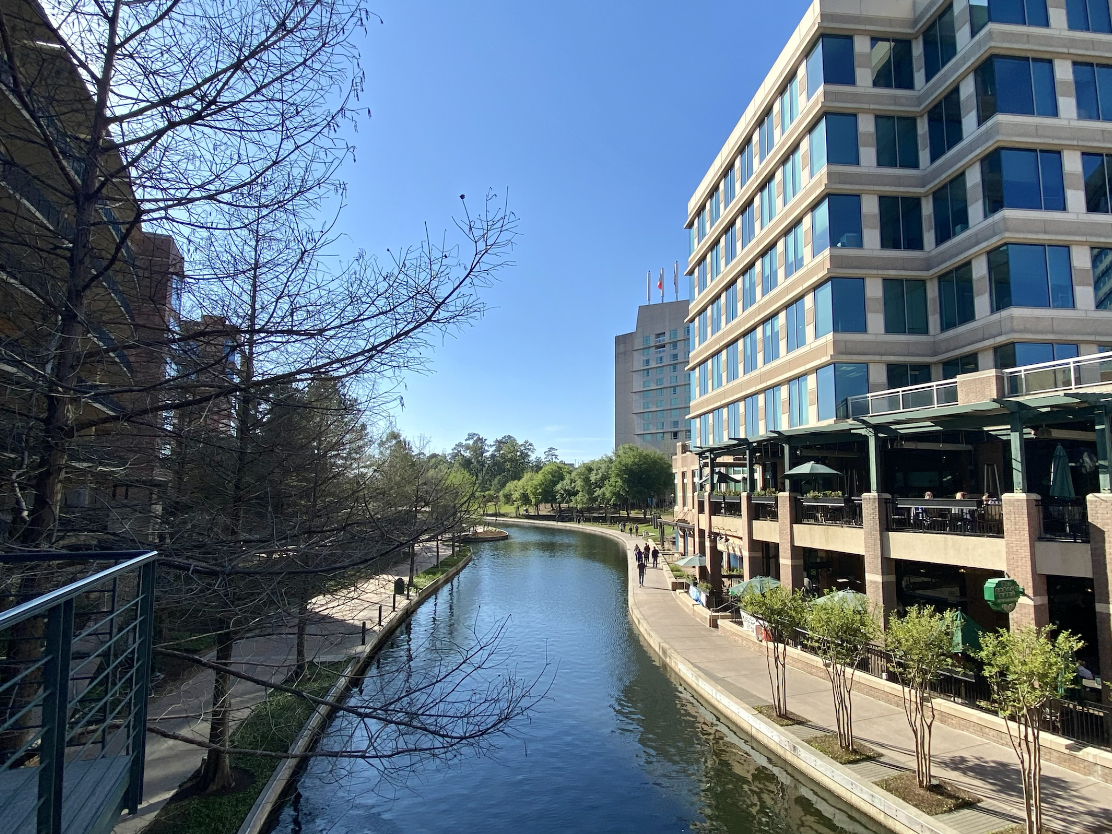
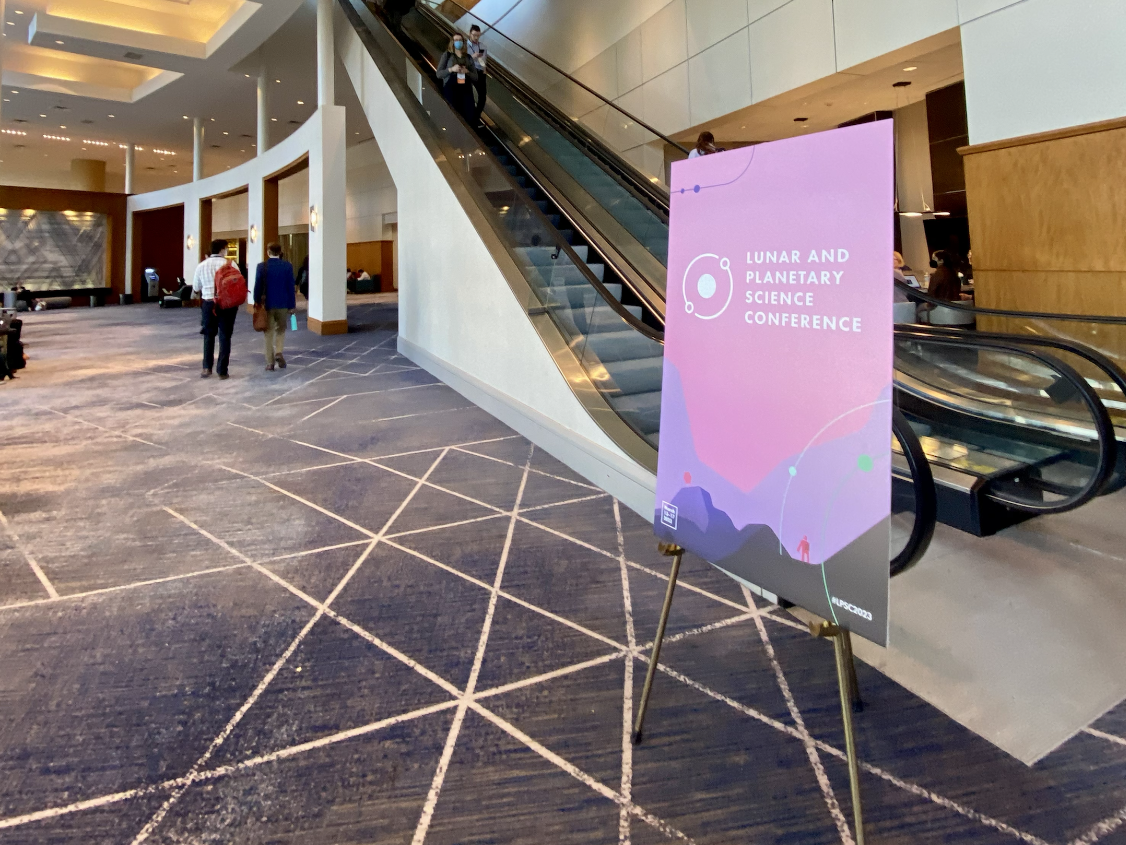
The format of this LPSC2023 is hybrid. The conference is being held in presence at the beautiful location of the Marriott Waterbay Hotel in The Woodlands, with some virtual sessions and remote connections. EuroSpaceHub and Lunex EuroMoonMars participated in person, with two on-site correspondents, Bernard Foing and Serena Crotti, joined by students from the EuroSpaceHub Academy and EuroMoonMars. The representatives showcased the results of the EuroSpaceHub project to an international audience within the Poster Session, where EuroSpaceHub had a well-established presence thanks to two dedicated abstracts:
“EuroSpaceHub: A European-Led Project to Facilitate Entrepreneurship, Innovation, Accessibility, Inclusion and Diversity in the Space-Tech Ecosystem Accessibility, Inclusion and Diversity in the Space-tech Ecosystem” (S. Crotti, J. Pascual, V. Puriene, B. Foing and EuroSpaceHub EuroMoonMars Teams).
This abstract was an overview of the EuroSpaceHub project’s efforts to promote collaboration, innovation, entrepreneurship and access to funding opportunities in the aerospace sector and was presented within the session “A Diverse and Inclusive Planetary Community: Who We Are and Can Be.”
“EuroSpaceHub Academy: training the Space Entrepreneurs and Astronauts of tomorrow” (S. Crotti, J. Pascual, V. Puriené, B. Foing and EuroSpaceHub EuroMoonMars Teams).
This abstract introduced the concept of the EuroSpaceHub Academy and its vision of analog missions for training entrepreneurial and innovation skills in students and young professionals. The contribution was presented within the Poster session entitled “Workforce Development and Education: Programs and Tools for Building the Future Planetary Community.”
In addition, the results of the EuroSpaceHub Academy and the recent EMMPOL missions (an initiative of the Analog Astronaut Training Center in Poland and Lunex EuroMoonMars, co-sponsored by EuroSpaceHub), were presented in a dedicated contribution entitled,
“Student Research in an Analog Lunar Habitat: EuroMoonMars and Analog Astronaut Training Center Poland EMMPOL 2023 Campaigns 14 and 15 Astronaut Training Center Poland EMMPOL 2023 Campaigns 14 & 15” (A. Hutchison, Foing B, M. Gil Natividad, M. Wurtz-Pra S. Hayes C. et al.). In this poster, student research from EMMPOL Campaigns 14-15 in 2023 inside their isolated lunar analog habitat was presented. The contribution was included in the Poster session “Operational Analogues and Technology Demonstration.”
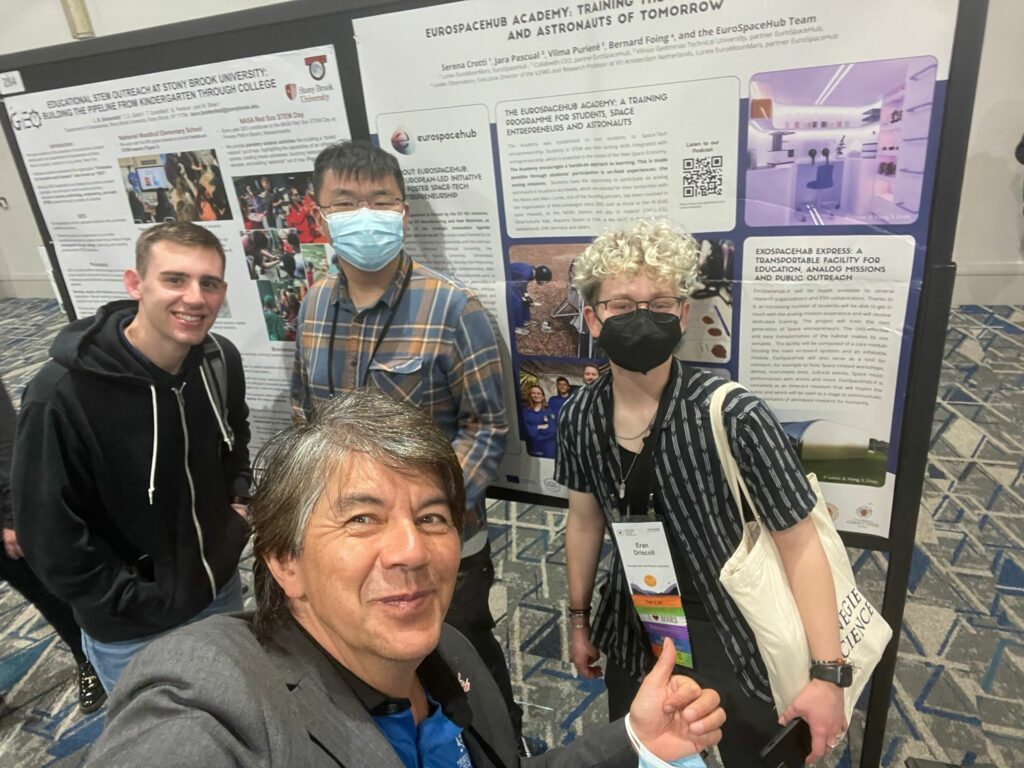
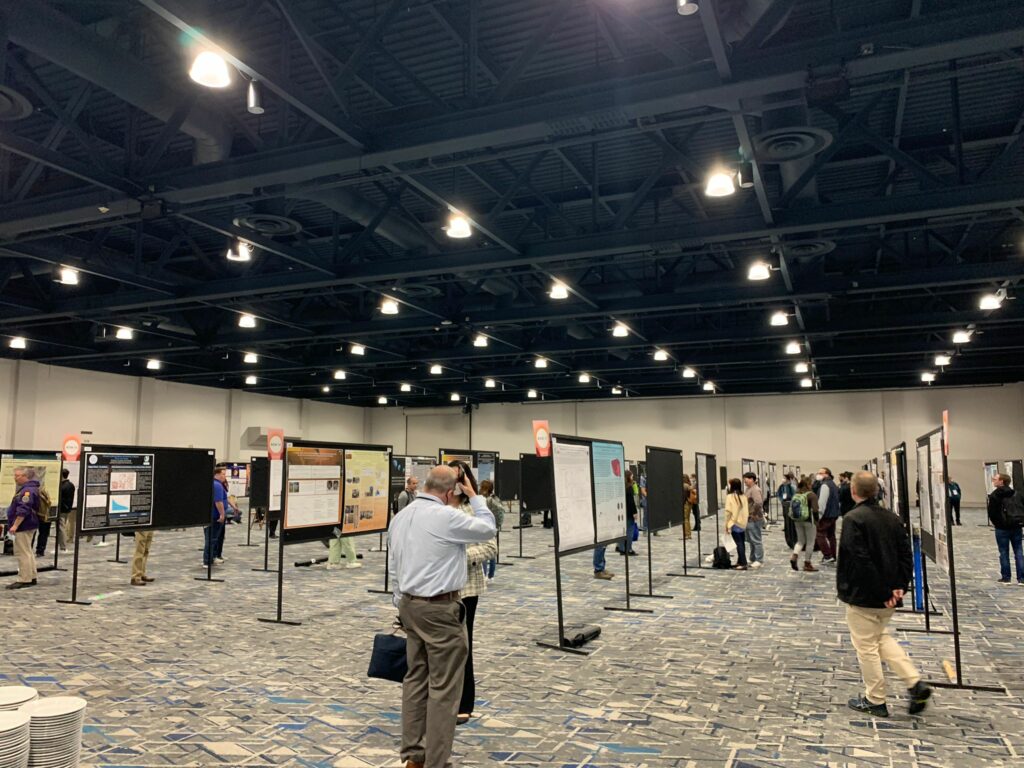
In addition to these three main contributions, several other abstracts were presented in the context of the EuroSpaceHub Academy and individual student research from ISU, EPFL Lausanne, and Leiden University, for a total of ten abstracts presented. Check out our social media if you are interested in learning about the projects our students worked on; we interviewed some of them for you!
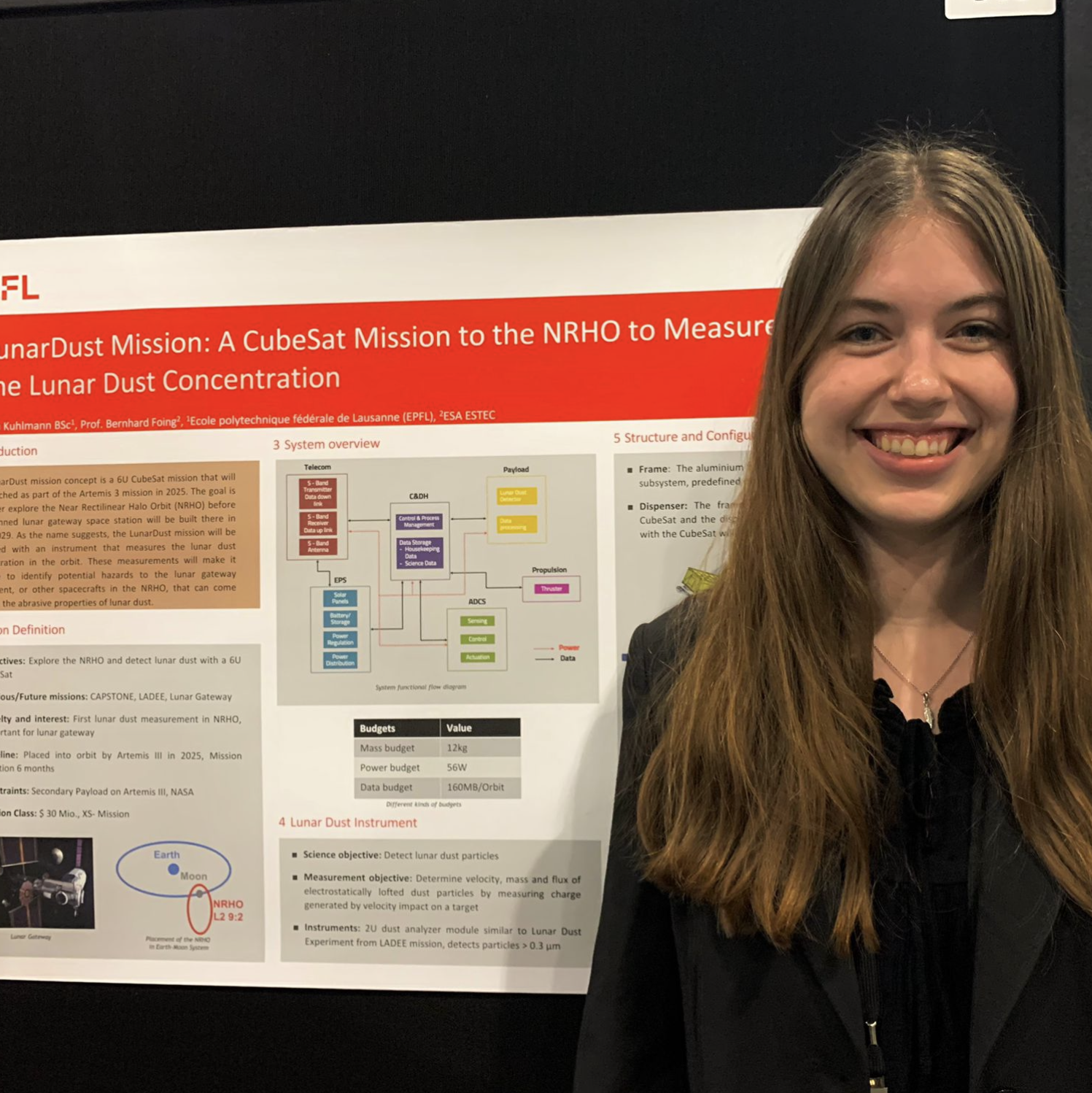
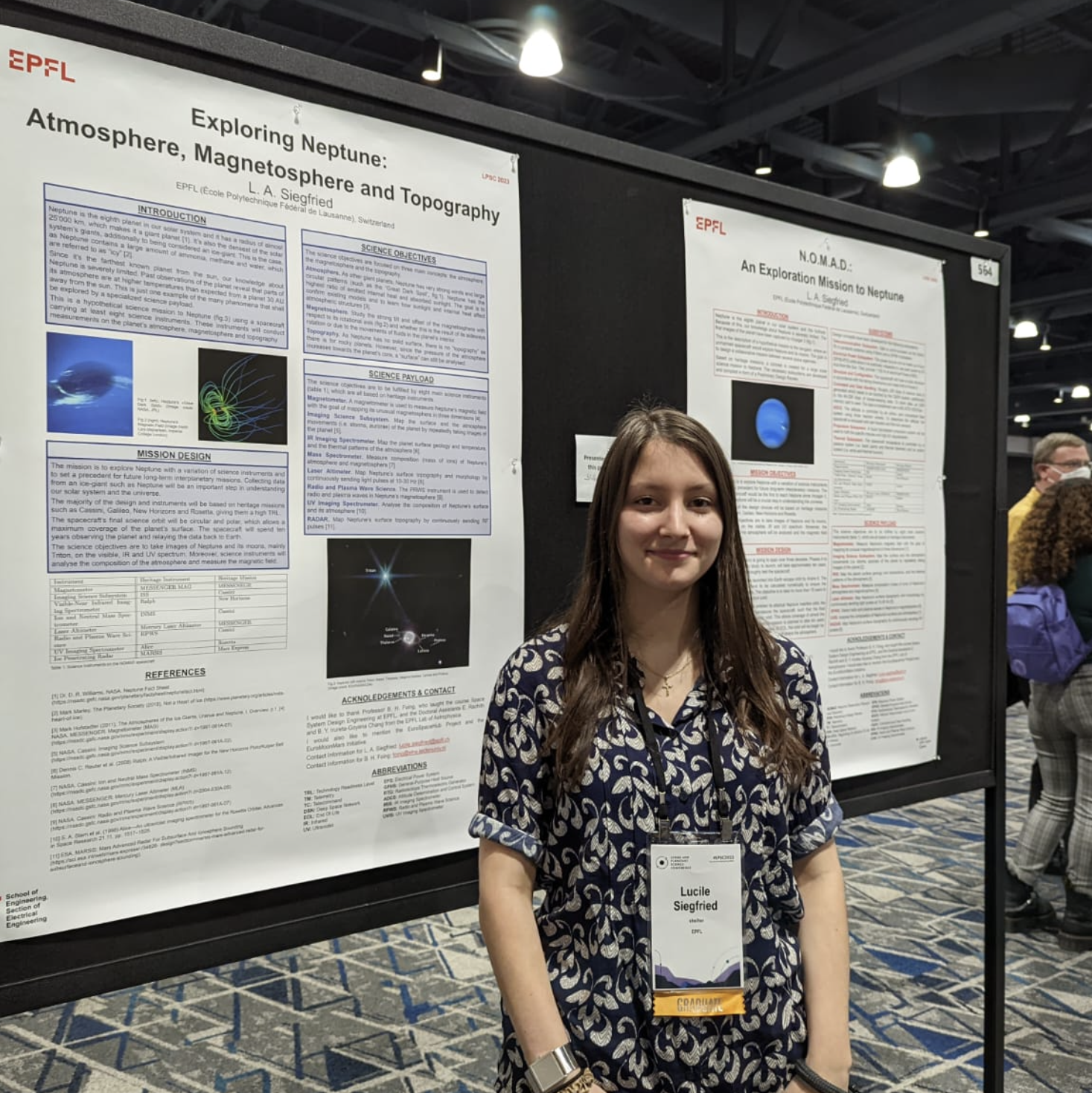
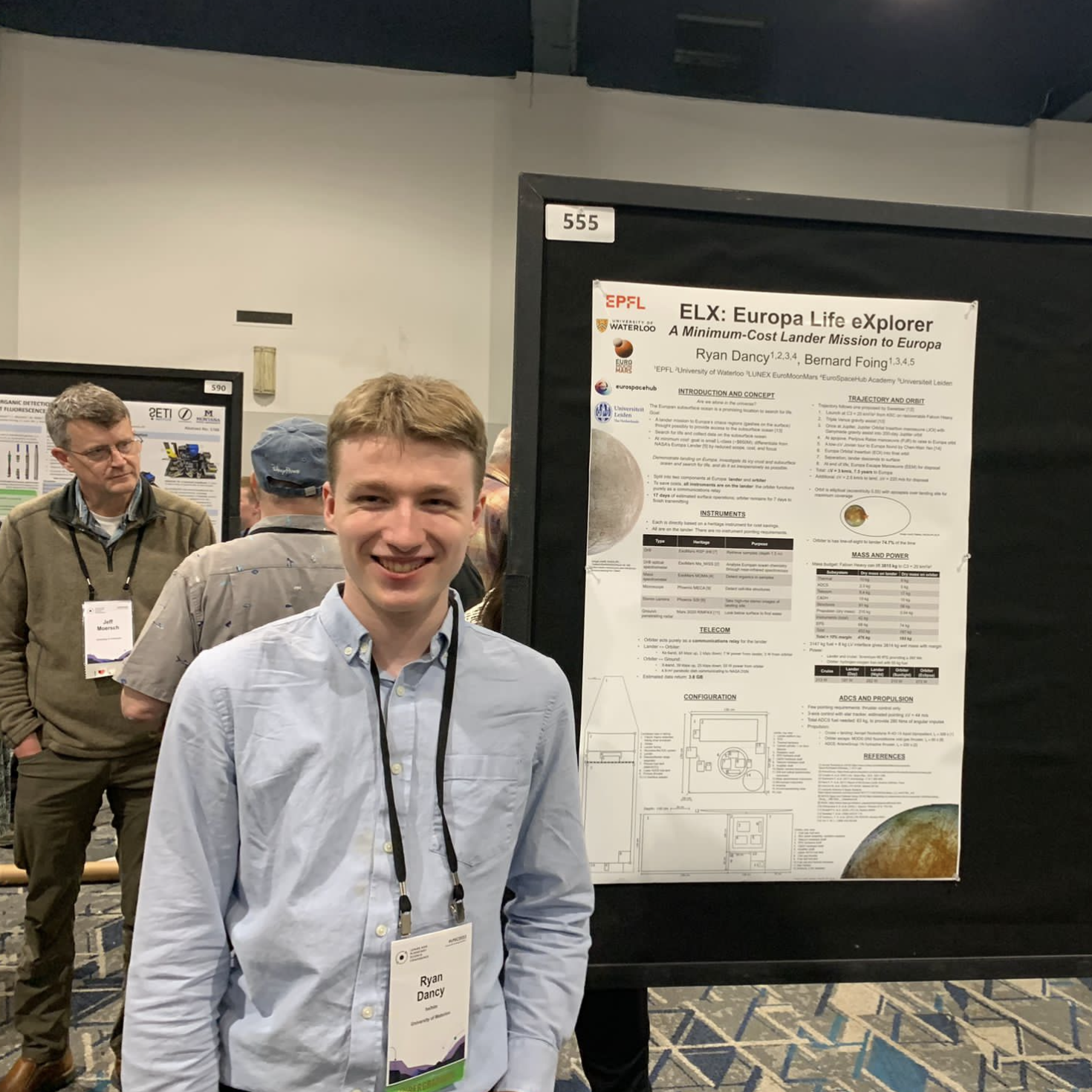
The conference features a very intensive program, spread over four days, from Monday, March 13th to Friday, March 17th. The program includes two sessions of oral presentations per day, one in the morning and one in the afternoon. The presentations are held in the five conference rooms of the Mariott Waterbay with participants connected remotely. From 11:30 a.m. to 2 p.m., a plenary session organized by NASA Headquarters also takes place collectively. Poster sessions, instead, are scheduled in the afternoon. Two days of the conference, in particular, are devoted to in-person poster sessions, Tuesday and Thursday afternoons. Wednesday afternoon was dedicated to a virtual poster session instead. The topics covered in the different sessions range over several current areas in research, from the Moon and the Artemis program, to Mars, Meteorites, Planetary Science, Small Bodies and Astrobiology.
There was also no shortage of special sessions. We followed with particular interest the oral presentations in the session “A Diverse and Inclusive Planetary Community,” which took place on Tuesday morning. Here there was an extensive discussion on how to make the scientific community more equal in all respects. It was interesting to hear about ongoing projects in various institutions and organizations to improve the dynamics in the scientific community towards ethnic minorities, the gender gap, the LGBTQ+ community, Mental Health and people with disabilities.Moreover, some talks showcased studies and initiatives aimed at improving accessibility to aerospace for Early Career Scientists and students. Rounding out the official conference sessions were then several side events organized by the various communities and open to all. We would like to mention a quote that was stated during one of the oral presentations that, we think, sums up its essence very effectively, “Diversity is being invited to a party, Inclusion is being asked to dance” (Verna Myers). What emerged clearly from the session is how topical these issues are and how much work still needs to be done to build a Space Community that is indeed for All.
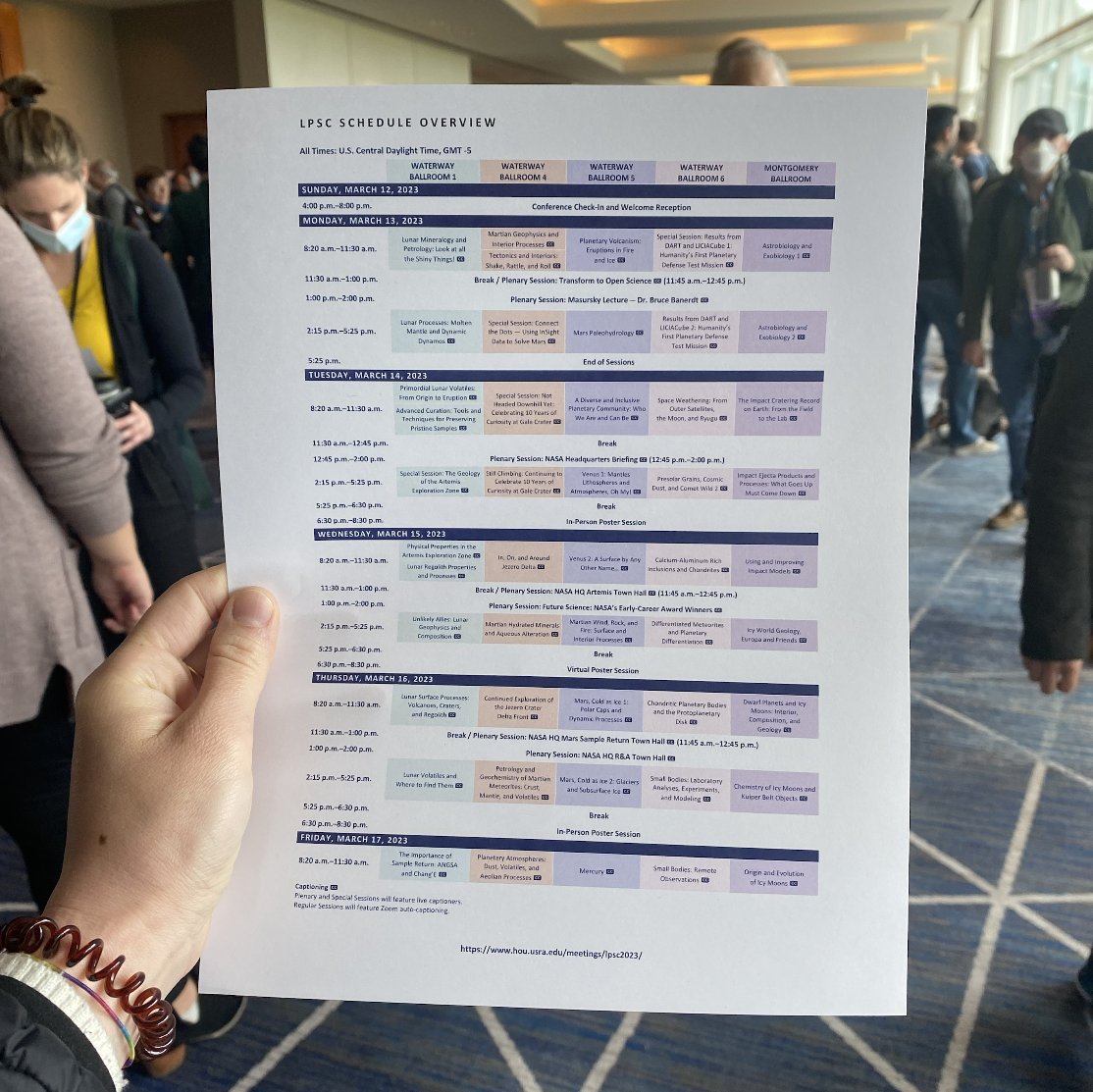
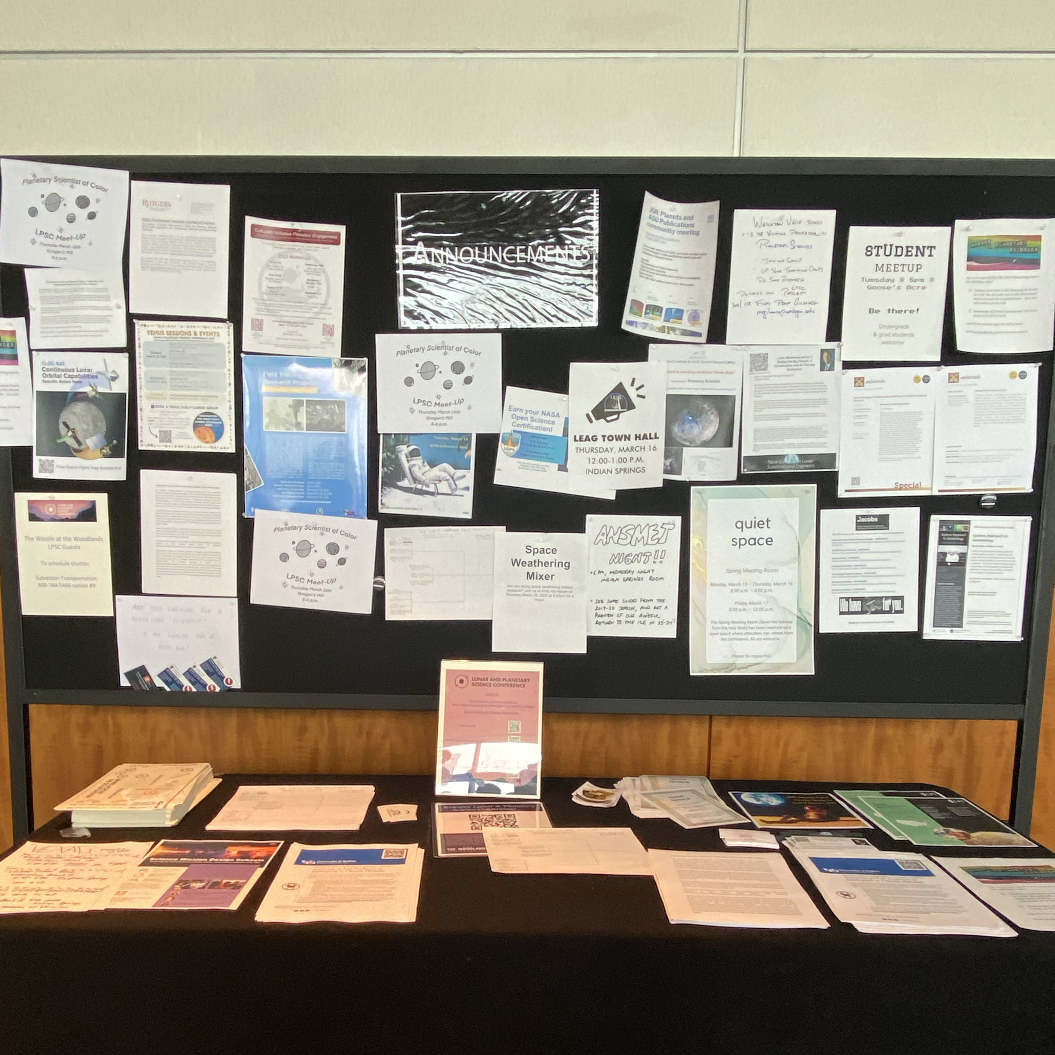
The atmosphere here in the LPSC corridors is crisp, and we have met interesting personalities over the course of these busy days. Coffee breaks are as usual a great time for networking and sharing conversations with speakers after their presentations. Our on-site correspondents tried to capture the spirit of this conference by interviewing some of the presenters and participants to the conference.
We had the pleasure of exchanging ideas and views with Jacob Bleacher, Chief Exploration Scientist at NASA; Laurie Leshin, Director of NASA Jet Propulsion Laboratory; Nancy Chabot, of the John Hopkins Applied Physics Laboratory; Dan Hendrickson, of Astrobotic Technology Inc; Nadeem Ghafoor, CEO of Avalon Space; Sylvestre Maurice, of IRAP (CNRS, University of Toulouse and CNES); Thomas Widemann, Paris Observatory’s Laboratory of Space and Instrumentation Studies (LESIA); and Jani Radebaugh, Brigham Young University. We were also able to conduct two special interviews directly from the LPSC23 press room. The first one with Erik Asphaug, Scientist and Professor of Planetary Science at the University of Arizona; the second one with Greg Schmidt, Director of the Solar System Exploration Research Virtual Institute (SSERVI) at NASA Ames Research Center.
It is an exciting time, NASA is doing a lot of work but we are partnering, Industry is helping, our international partners are helping, it really is a worldwide effort to go out and learn how human kind goes and explores the solar system. We are on the cards for some really exciting activities right now and I hope you are along for the ride.
Jacob Bleacher
(Chief Exploration Scientist at NASA)
I want to mention to all the young people that you have a part to play today. You can be a scientist, you can be an artist, you can be so many different things… You can play an important part in this great journey (…) Of all the great Science that we have done, one of the things that I am most proud of is the young people that we helped develop. We are here at the LPSC and I am seeing a lot of these young people that we helped give a start in their career and they are doing fantastic things. All I can say is that we need all of you, young people out there listening to this, to play a part in this great journey.
Greg Schmidt
(Director of NASA SSERVI at NASA Ames)
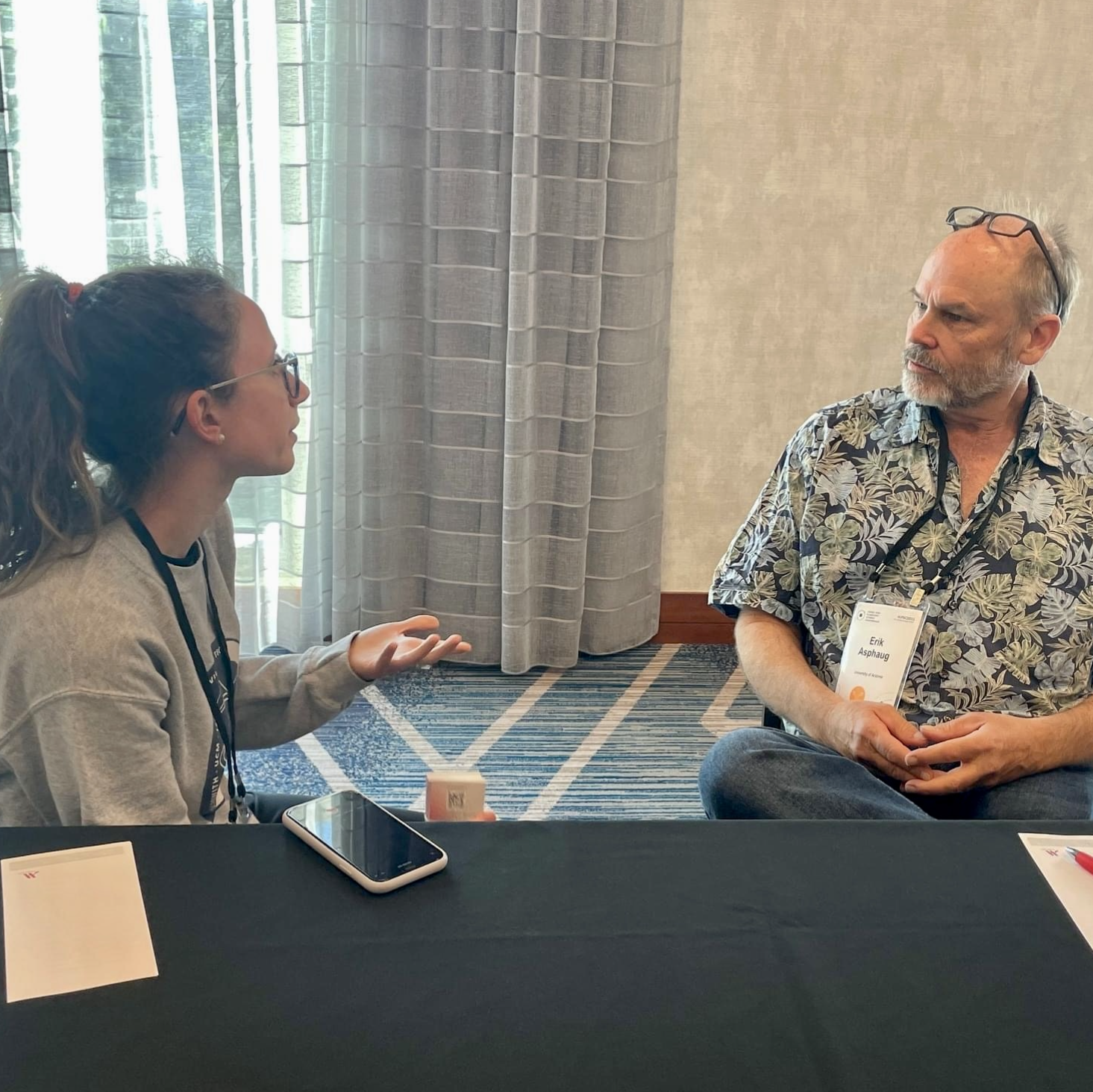
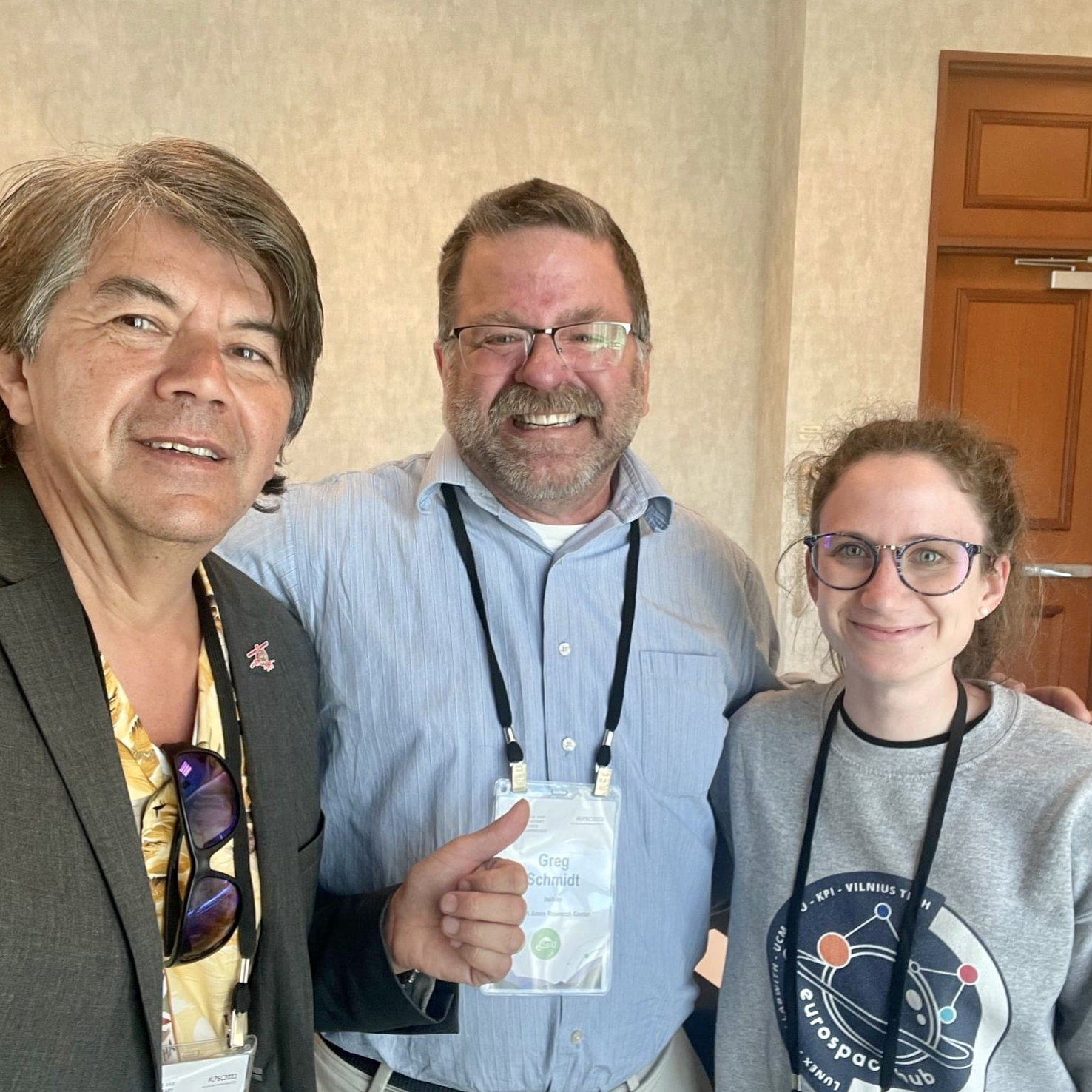
Also… hang on to your hats! We also succeeded in getting an interview with Harrison Schmitt, the legendary astronaut of the Apollo 17 mission. Harrison Schmitt is a renowned geologist, professor, scientist and astronaut. The scientific community looks up to him, being the first member of the group of NASA scientists to fly into Space, in 1972. In addition, Schmitt is now the most recent living person who has set foot on lunar soil. During the Apollo 17 mission, Schmitt was able to stay on the lunar surface for three days as Lunar Module Pilot. During the mission – the last in NASA’s Apollo program – astronauts conducted three EVAs lasting seven hours each to explore the area known as Taurus-Littrow Valley. An expert geologist, Schmitt participated in LPSC 2023 as a speaker, in a talk titled “Continuously (“Permanently”) Shadowed Lunar Regolith Sampled by Apollo 17: Key Tests of Regolith Temperature Storage for Artemis”, as part of the session “Physical Properties in the Artemis Exploration Zone”. During the interview, we asked the astronaut what skills he found important to become an astronaut and then to be selected among the few to fly to the Moon. His answer is clear: mastering technical and scientific knowledge and skills is fundamental,
There is one fundamental skill that gave me a chance to be an astronaut: that was Field Geology (…) It is important for Artemis to have a training program that helps the pilot and other crew members to have different skills, to be able to help the field geologists in the missions
Harrison Schmitt
(Astronaut Apollo 17 Mission in 1972)
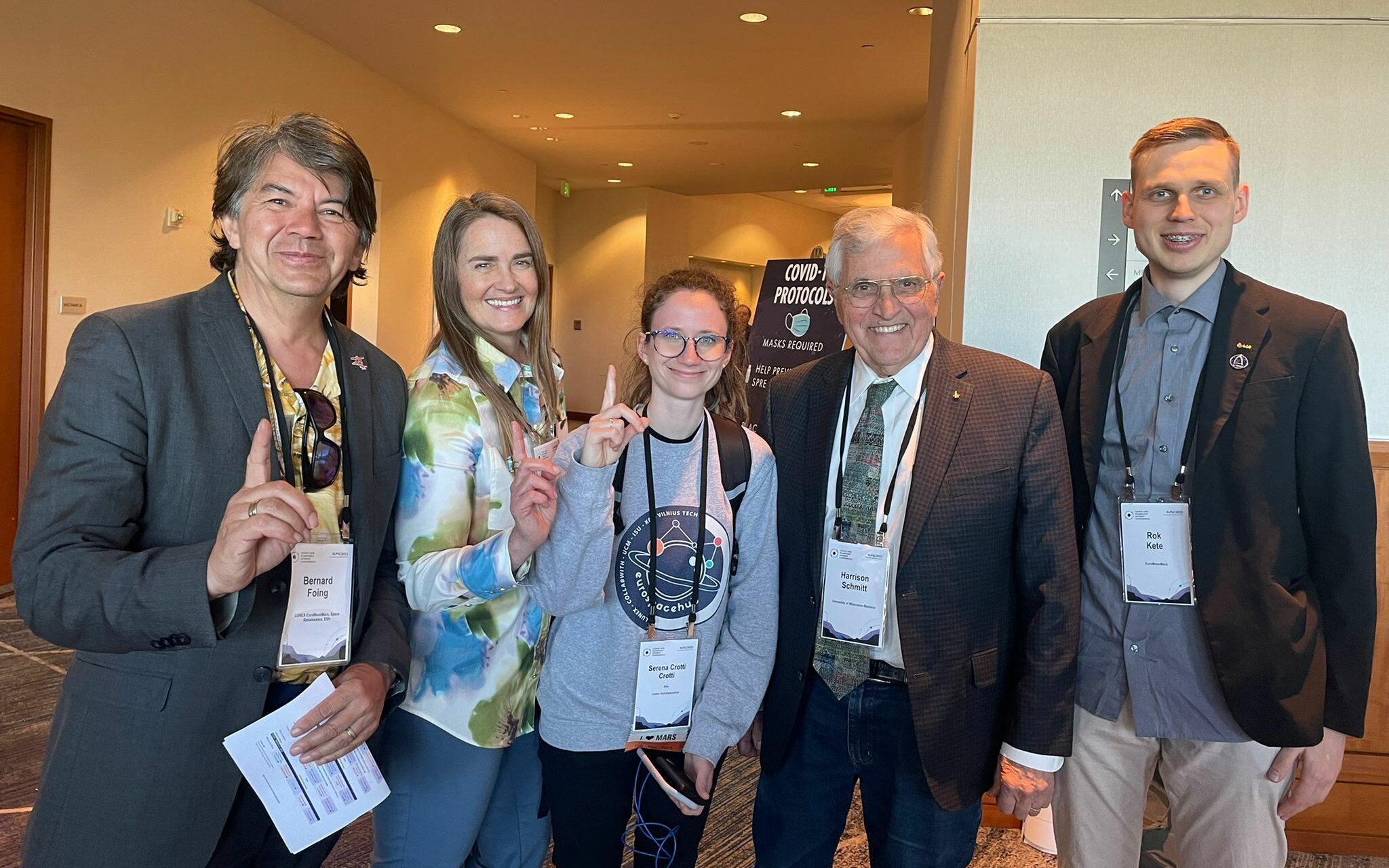
You can find the full interview to astronaut Harrison Schmitt, all these multimedia contents and insights from the conference on the official Instagram pages of @eurospacehub and @euromoonmars. We will also post them soon on our YouTube channel, ILEWG EuroMoonMars, and on our LinkedIn pages. Stay tuned!
EUROSPACEHUB IS FOUNDED BY VILNIUSTECH, INTERNATIONAL SPACE UNIVERSITY, COMPLUTENSE UNIVERSITY OF MADRID, COLLABWITH, LUNEX FOUNDATIONS AND FUNDED BY THE EIT HEI INITIATIVE LEAD BY EIT MANUFACTURING & EIT RAW MATERIALS.
FUNDED BY THE EUROPEAN UNION. VIEWS AND OPINIONS EXPRESSED ARE THOSE OF THE AUTHOR(S) ONLY AND DO NOT NECESSARILY REFLECT THOSE OF THE EUROPEAN UNION OR THE EIT. NEITHER THE EUROPEAN UNION NOR THE GRANTING AUTHORITY CAN BE HELD RESPONSIBLE FOR THEM.

